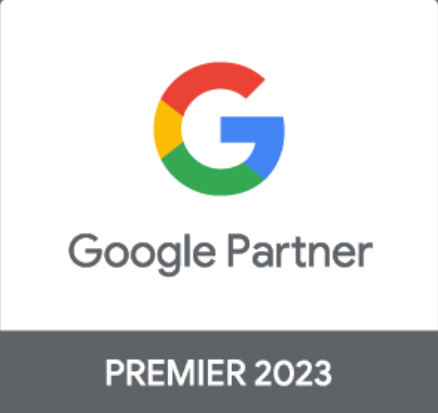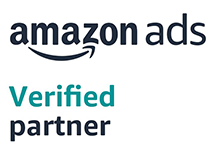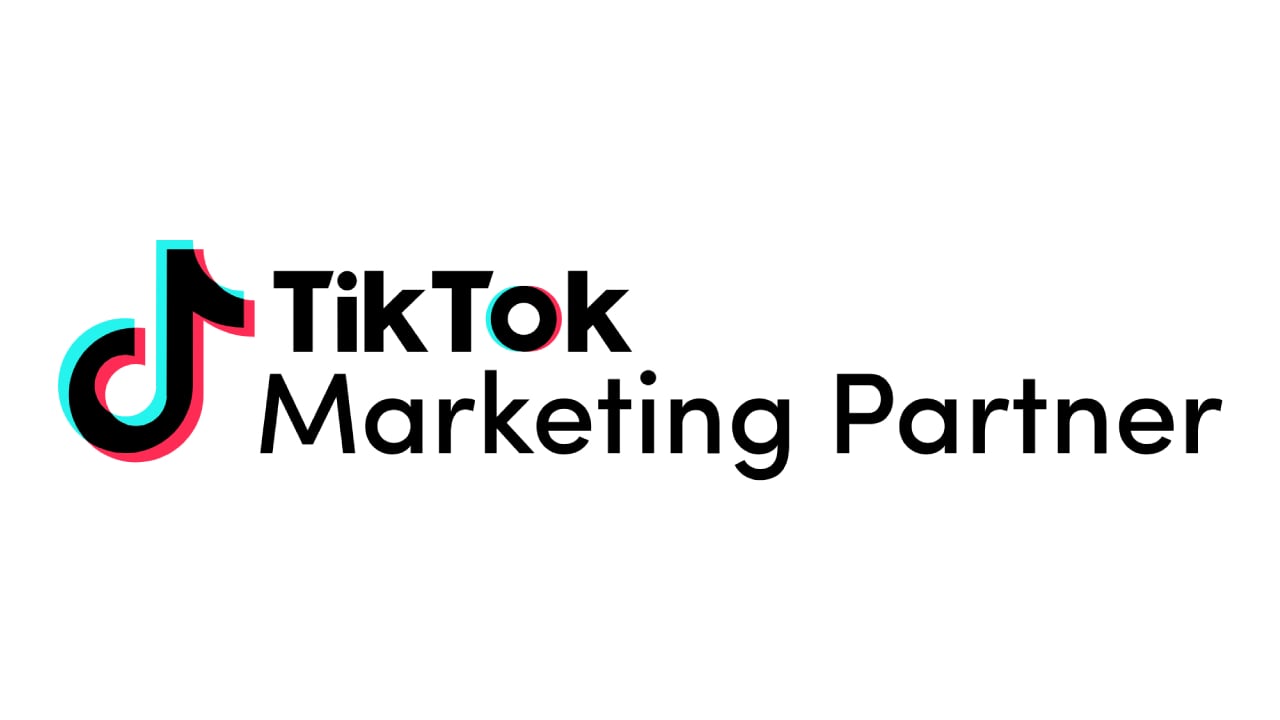What is DTC marketing?
In today's open, digital marketplace, eCommerce players would rather thrive than live near a competing product on a retailer's cluttered shelf. As a result, Direct-to-consumer (DTC) marketing was created. Due to its popularity, DTC marketing is a great way for eCommerce brands to communicate with their consumers directly.
Traditionally, brands were forced to sell products at a deep discount to retailers and relinquish control over their marketing mix in order to market and distribute. However, new-age DTC marketing allows eCommerce businesses to boost profit margins and control over customer engagement. Websites, social media, YouTube, marketplaces like Amazon and Flipkart, billboards, and magazine advertisements are just a few of the methods with which eCommerce brands are currently interacting directly with their customers.
But D2C is not a piece of cake.
The D2C marketing game can be won if you use the right marketing campaigns and growth hacks that will set you apart from your competitors.
In this blog, we will discuss a few strategies that you can focus on while growing your eCommerce business.
First, let’s understand why DTC marketing is the new-age way.
The benefits of DTC marketing
- Better control - You can gain a lot more advantages as a DTC brand, since traditional brands cannot benefit from the same advantages. You can control your product, branding, and distribution more freely than traditional brands can. Because you control its positioning, your product will not be located in your local supermarket.
- Understanding audience - DTC marketers can better understand customers if store data does not leak out. First-party data from customers flows into DTC marketers, providing a wealth of quality information.
- Faster sync - DTC brands allow you to quickly bring new ideas to market without having to worry about internal stakeholders, customers, or retailers.
- Better marketing - When you work with a DTC brand and are trying out a new product, you should only concentrate on your brand and your clients.
- Saves time - Your products are not sold at a discount to retailers, so you can have a better profit margin than you would if you did.
Top DTC marketing strategies in 2023
DTC marketing is constantly changing. In order to sustain in this trendy field each and every business must adapt to new strategies that will help them satisfy their consumers and also achieve their business goals.
1. Work on stand-out brand identity
There are several marketing channels for retailers to connect with customers in the internet age. As a result, brands must build a strong, coherent identity and distribute their messaging across platforms to keep up. Customers will recognise your brand immediately if they see it on your website, social media, or posters, regardless of whether they know you or not. Retail store discounts cannot introduce your product. A DTC company cannot list its wares for sale online and price them to attract clients
2. User generated content
Brands can use user-generated content (UGC) for digital marketing. Users can post and create content on social media to advertise brands. Brands can obtain content from consumers or influential individuals much faster and easier than they can on their own. Consumers can become brand advocates and post about the product. People are 2.4 times more likely to find UGC more credible than branded content. The authenticity of UGC boosts brand loyalty and trust.
Eg: sleepyowl’s organic video on Facebook, Instagram etc, customer reviewing the products that went viral
3. Market your brand on social media
Social media is a critical part of a DTC strategy because social media platforms allow companies to communicate directly with consumers at any time. It's especially crucial for DTC brands to have a strong connection with consumers. You can observe how you might improve your existing products or generate new ones by observing how consumers react to your brand's posts. Customer service via social channels can help you develop a higher loyalty level. According to Payability stats, The top ways internet users hear about the DTC brands they bought from are social media ads (34.6%), online search (24.8%), and word-of-mouth (16.4%).
4. Connect with influencers
Build a successful social strategy by seeking out strategic collaborations. Brands frequently partner with social media influencers, celebrities, or other individuals with a large following to publish photo or video advertisements on their pages. Influencers drive consumers to take notice of the brand and to trust their opinions because they are perceived as having expert knowledge. It is critical to find the right influencers for the right items.
Eg: Mulmul’s Influencer campaign with Sanjana sanghi
5. Personalize experience
Personalization is crucial to connecting with customers. Customers can receive a more personal experience by using simple strategies like quizzes that provide product suggestions based on their individual wants, special offers on items that complement those their customers have already purchased, and so on. While shopping on your e-commerce site, your clients may be deciding on a purchase. You can assist them by adding a phone widget at the bottom of your page that lets them contact you via WhatsApp for any questions by clicking the whatsapp icon.
Example: Shopmulmul through it’s instagram post connects with its audience for personal styling directly.
6. Connect with email
Despite being less popular than other digital marketing channels, email is still the best option for communicating with corporate brands. To consistently reinforce your corporate branding message, you should use system data to send personalized emails to address the problems of the audience's segments. You can make your emails even more personal by using software that automates these segmented messages, including the user's name to create a feeling of personal connection.
Final words
The rapid rise of DTC brands has been fuelled by the pandemic. In order to remain competitive, brands must utilize all methods to appeal to their consumers. Brands must understand consumer needs in order to succeed. The most effective branding strategies will persuade consumers to purchase and increase the ROAS.
Adyogi is a digital advertising platform customized for eCommerce brands. We automate digital Ad creation to establish an automated prospecting, targeting, and retargeting approach that targets the client's merchandise and cross-promotes using cutting-edge technology, to boost sales. We can help tackle your COD issues with ease and save time to generate more revenues with our vast Partner directory. We've been able to increase client revenue by upscaling it 7x - 8x through Adyogi's performance-based solution.
Get in touch to see how we can help you grow your business online.





-1.png)






